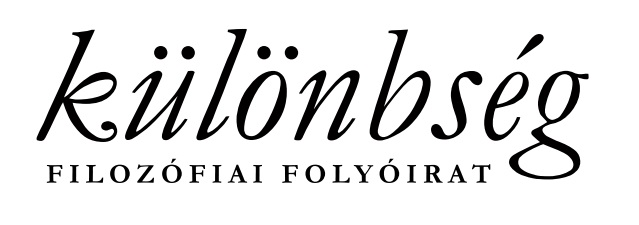Herder and the limits of the work of art
DOI :
https://doi.org/10.14232/kulonbseg.2016.16.1.207Mots-clés :
the concept of the line, Wincklemann, Herder, silhouetteRésumé
In the 16th and 17th centuries the concept of the line was discussed in the context of the debate between advocates of disegno colore and Poussin-Rubens as the device for forming images and the space of paintings. In contrast, parallel to the emergence of aesthetic discussion in the 18th century, the discussion of the concept formed part of the relation and the space between the work of art and the viewer. The distinctness of form became part of the discussion on abstract notions and ethical states. The importance of the line was discussed by several authors of the 18th century, like Winckelmann’s ideas on the outline. As a result, a whole cult of the silhouette emerged by the end of the 18th century. Wincklemann connected the notion of the outline to the concept of the idea, while Herder resisted granting importance to the notion of the line. The first section of the paper traces the place of the concept in 18th century theories of art. The second section summarizes the reasons for Herder’s resistance and shows what other concepts take over the role of the line in his epistemological model. The third section traces another difference between Herder and his contemporaries: why it remains unproblematic to talk of works of art, especially of sculpture, for Herder.






